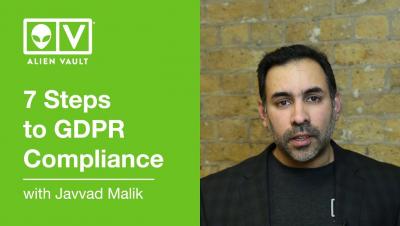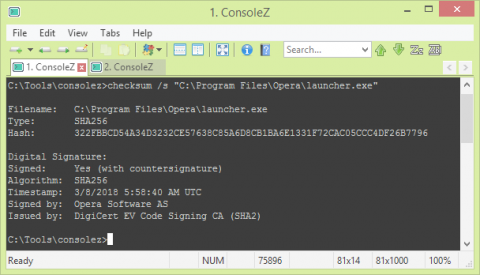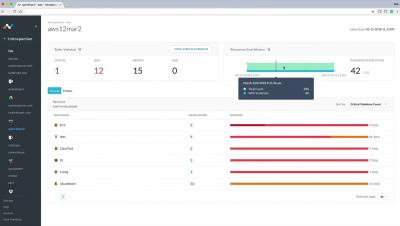Security | Threat Detection | Cyberattacks | DevSecOps | Compliance
%term
EventSentry SysAdmin Tools: Digital Signature Verification with checksum.exe
Windows supports a code-signing feature called Authenticode, which allows a software publisher to digitally sign executable files (e.g. .exe, .msi, …) so that users can verify their autenticity. The digital signature of a file can be viewed in the file properties in Windows explorer on the “Digital Signature” tab.
5 employee cyber security training questions you need to ask
Chances are your organization already addresses cyber security to some extent in new employee onboarding. Whether that’s traditional training videos on cyber security that employees watch on their own time, presentations by IT, or brochures, most employees know that their companies have cyber security protocol and best practices. But how many of your employees actually know what the protocol and practices are?
Netskope Demo - Continuous security assessment for AWS
SIEM Implementation Strategies
A SIEM or Security Information and Event Management is only as good as its logs. People can think of logs as the fuel for the engine. Without logs (log management), the SIEM will never be useful. Selecting the right types of logs to ingest in your SIEM is a complex undertaking. On one hand, it is easy to say “Log it all!” but you will inevitably reach the glass ceiling of your SIEM, which will either be your licensing or you will cap the performance of the SIEM hardware.
Breaches Are Costing Companies Much More Than Money
On August 5, 2015, the British mobile phone retailer, Carphone Warehouse discovered a “sophisticated attack” on its systems, possibly compromising the personal information of 2.5 million customers and the encrypted credit card data of an additional 90,000 customers.
How Machine Learning Techniques Impact File Analysis
Applying machine learning (ML) and artificial intelligence (AI) techniques to analyze files within a content repository can raise the bar on operating efficiencies and produce smarter solutions that bring “structure” to unstructured data.
Why Zero Trust Is Not As Bad As It Sounds
"Zero Trust" refers to a network security strategy that calls for all users – internal and external – to be authenticated before gaining access to the network. Zero Trust means organizations never implicitly trust anyone with their sensitive data. Instead of using a blanket network perimeter, Zero Trust networks implement a series of micro-perimeters around data so only users with clearance to access certain data points can get to them.
AlienVault® USM vs. OSSIM
Egnyte Connect for Google Hangouts Chat Lets Users Securely Share Content in Real-Time
New Integration Enables Seamless Collaboration and Increased Productivity in the Digital Workplace









